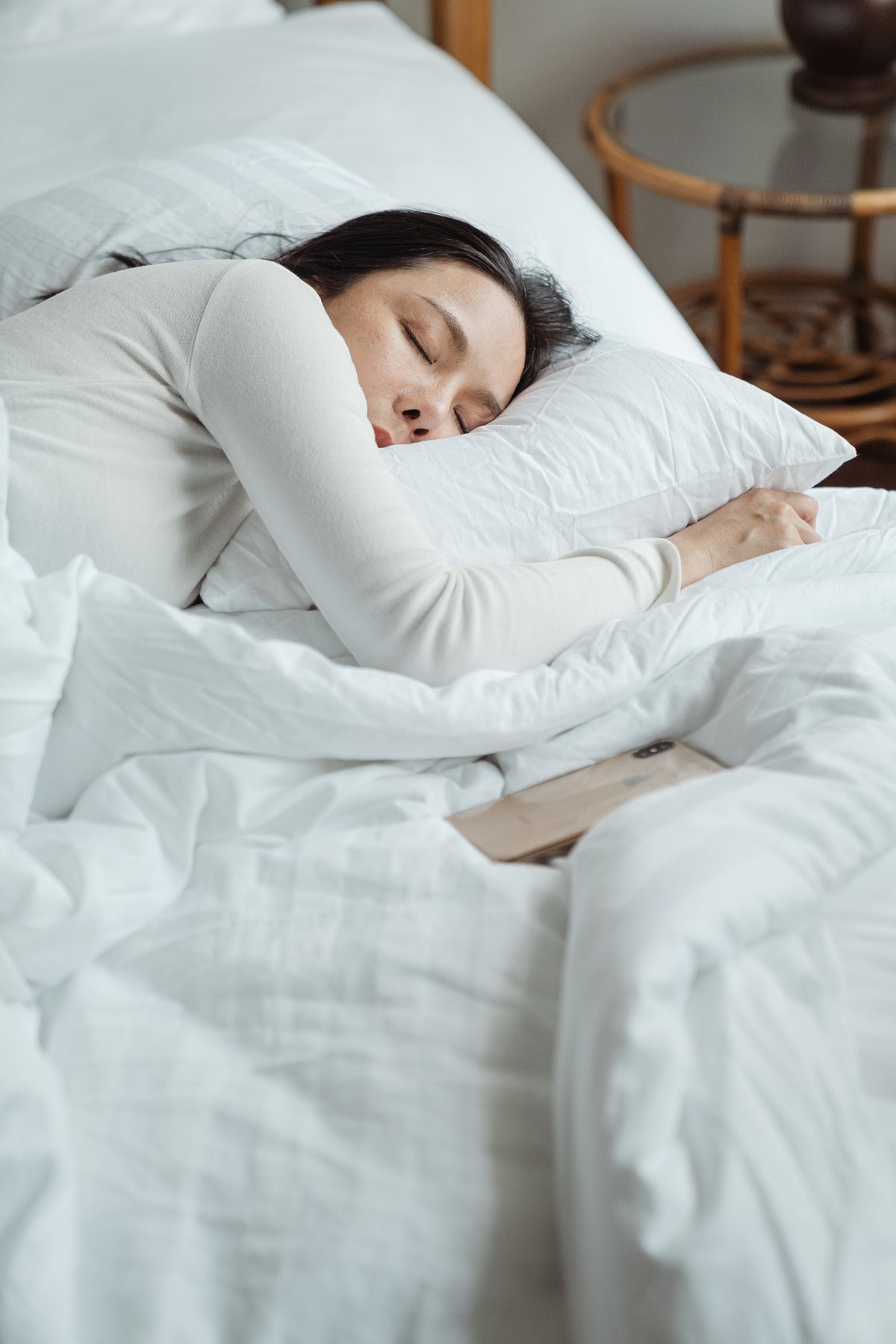1
HOME > Health & Fitness >
HOW TO CHOOSE THE RIGHT ORTHOPEDIC PILLOW
Written by Menswear Style in Health & Fitness on the 13th December 2022

Orthopedic pillows provide a night of healthy, comfortable sleep, supporting your head and cervical spine in a physiologically correct position, and are suitable for almost everyone. The main thing is to choose a preventive orthopedic neck pillow precisely for yourself.
Orthopedic pillow shape
The anatomical pillow is adjusted to your favorite sleeping position. For example, there is a side sleeper rectangular orthopedic pillow with a recess under the shoulder. For sleeping on your back, choose a pillow with a cushion under your neck or a recess for your head. They are also suitable for those who suffer from back pain. For those who usually sleep on their stomachs, pillows are not convenient: paying attention to the classical flat rectangular pillows for sleeping with the memory foam effect is better. Orthopedic pillows for pregnant women are most often made in the form of a horseshoe. However, it is difficult to call them regular pillows - they "hug" the whole body. A universal everyday accessory will suit a product with two rollers to experiment with the most comfortable position.

Orthopedic pillow size
The pose also determines the dimensions of orthopedic pillows for sleep. For example, on the side - you need a high; on the back - medium; on the stomach - low. Sometimes manufacturers indicate the correct height for different positions in the size chart. Recommendations are as follows:
- to sleep on the stomach - 6-8 cm on average
- on the back - 8-10 cm
- on the side - 10-16 cm
The second criterion is the physique. It is best to measure the shoulder's width from the projecting bone to the base of the neck: this is the height a pillow must be. A deviation of 1-2 cm is acceptable. If you do not have a centimeter at hand, be guided by the complexion: the pillow is 10-12 cm for people of medium build and 13-16 cm for high and broad-shouldered people. The length of standard products is 40x60, 50x30, or 50x70, but the size range is not limited to these dimensions - the main thing is the pillow's length is, at most, the mattress. With adequately chosen parameters of the product, the head and spine will be in line, and the muscles will relax completely. If one wants to put a hand under the pillow or the chin is tilted to the chest during sleep, the pillow size could be better.

Orthopedic pillow stiffness
The stiffness of the orthopedic pillow affects the degree of support and is determined by the sleeping position. The softest are suitable for the position on the stomach, the medium hardness - on the back, and the hardest - on the side. There is a universal version with adjustable rigidity - such orthopedic pillows can remove or add some filler. And this improves the quality of the rest and gives a great night's sleep.
Orthopedic pillow filling
The filling is the most important parameter of orthopedic pillows, distinguishing them from classic products. The pillow can be with rollers and made in a characteristic wavy shape. But if it is stuffed, for example, down, padding, or other material without the effect of proper support, it can not be called anatomic. As a rule, the material of orthopedic pillows is always synthetic. If you want an ecological accessory made of natural materials, latex and buckwheat husk is the best, as they have the effect of support.
- Orthopedic pillows made of buckwheat rustle are very hard and rigid, most often made as a roll. They need to be periodically dried in the sun.
- Latex is softer, easy to care for, and long-lasting, but it can cause allergies. It is made from the purified and foamed sap of the tropical Hevea tree. The result is a resilient, elastic material that can easily be shaped into the desired shape. Latex adapts to the body's shape, so these orthopedic pillows support the spine in the correct position. Perforations allow air circulation, so the orthopedic pillows do not harbor dust mites and microbes.
- Viscoelastic polyurethane foam - foam with memory effect, or memory foam. It was developed by NASA experts to create unique chairs that facilitate overloading for astronauts. It adapts to the body's contours, does not deform under the pressure of the head, and returns to its original shape. Such orthopedic pillows provide a physiological correct position of the neck during sleep.
- Polyester orthopedic pillows are softer, lighter, and cheaper than other materials, lasting 2-3 years. They are based on silicone-treated and small soft fiber balls with a hollow, elastic, resilient structure that allows ventilation and air circulation. Synthetic fillings do not cause allergies, do not harbor dust mites, and are easy and convenient to care for.

Orthopedic pillow additional parameters
The correct choice of an anatomic pillow depends on the properties of the mattress. The softer it is, the higher the pillow because, at night, the mattress sags under the body's weight. So another criterion is the weight: the heavier the pillow, the higher. If you often turn over at night, choosing a universal orthopedic pillow with two rollers of different heights will be correct. In addition to the filler, you should pay attention to the cover - it must be hypoallergenic, pleasant to the touch, breathable, and easy to care for. Of natural fabrics, the most popular and in demand are cotton, sateen and teak, of artificial fabrics - jersey and polyester. A little discomfort at the beginning of use can be explained by the fact that it will take a few days to learn how to sleep on an orthopedic pillow.
Care of an orthopedic pillow
A quality item can last 5-7 or even 10 years. There are universal tips to help extend the life of the pillow. You can learn much more about health care supplies by Nygex.
- If the shape and material allow, shake and flip the pillow regularly.
- Do not cover it with a blanket or plaid after sleeping. Otherwise, its ventilation may be impaired.
- Remove the pillowcase and wash it about once a week.
- Use the orthopedic pillow only for sleeping and resting. The product will deform if you sit on it or use it as a support while reading.
- Air the item without the pillowcase once a week. If artificial filler is inside, such as gel or foam, do so away from heat sources and direct sunlight.
- If you are temporarily not using the pillow, put it in a cloth cover. Polyethylene may produce an unpleasant odor and mold.
Trending
2
3
4
5
6
7
8
9
10









